Educational Resources Posts on Crowch
Domestic violence is a subject that too often remains hidden in silence. But silence does not protect — it strengthens the problem. October, Domestic Violence Awareness Month, exists to break that silence, to support survivors, and to inspire change.
Abuse takes many forms: physical, psychological, sexual, and economic. It can hide behind the image of a “happy family,” behind excuses like “he’s just going through a hard time” or “this is a private matter.” The truth is clear: shouting, humiliation, control, or hitting can never be justified.
✨ Why is this month so important?
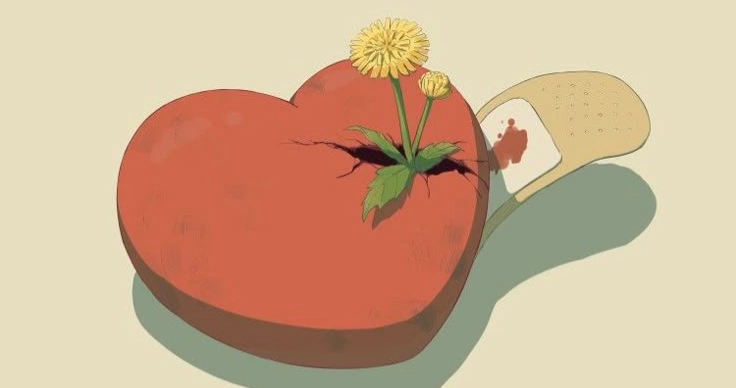
- To amplify survivors’ voices. Stories of those who left and rebuilt their lives give strength and hope to others still trapped.
- To break down barriers of fear. People need to know that help exists and no one is obligated to stay in an abusive relationship.
- To change culture. We must teach children and young people to build relationships rooted in respect, not fear or control.
- To unite communities. Purple ribbons and awareness campaigns remind us that violence affects us all and cannot be ignored.
Domestic Violence Awareness Month is not only about victims — it is about strength. The strength of communities that build shelters and hotlines. The strength of volunteers who refuse to look away. The strength of friends and families who reach out and say: “You are not alone. We are here.”
It is important to understand that even the smallest step can create change. Sharing hotline numbers, supporting awareness campaigns, donating to organizations, or simply listening to someone who needs to be heard — these are powerful actions. Small steps, when multiplied, create big transformations.
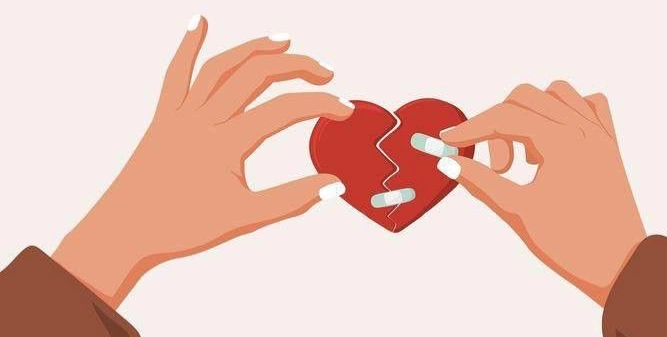
October in purple is the voice of hope. A voice that says: “Violence has no place in society.” A voice that grows louder with every person willing to support and to help. Let this month remind us that indifference allows violence to thrive, but solidarity can save lives.
On October 5th, countries across the globe come together to celebrate World Teachers’ Day, a tribute to the individuals whose work shapes the foundation of our collective future. Organized by UNESCO since 1994, this day commemorates the signing of the 1966 ILO/UNESCO Recommendation, which outlines international standards for the teaching profession — a reminder of the importance of valuing and protecting those who educate.
Teachers as Architects of Society
Teaching is often called the profession that creates all other professions. Every doctor, engineer, artist, or scientist begins as a student guided by a teacher’s knowledge and encouragement. Teachers pass on skills, values, and the ability to think critically — the tools students need not only to succeed individually but also to contribute positively to their communities.
A Changing Landscape
Education today looks very different from just a decade ago. Teachers have had to adapt to rapid technological advances, new methods of learning, and, in recent years, the challenges of remote and hybrid classrooms. They are navigating the balance between traditional teaching and digital innovation, ensuring that students are not only informed but also equipped for a fast-changing world.
Global Challenges and Inequalities
While some classrooms are equipped with the latest technology, others lack basic supplies. In many countries, teachers face overcrowded classrooms, low salaries, and limited professional development opportunities. UNESCO reports a global shortage of trained educators, particularly in low-income regions, which threatens progress toward universal education.
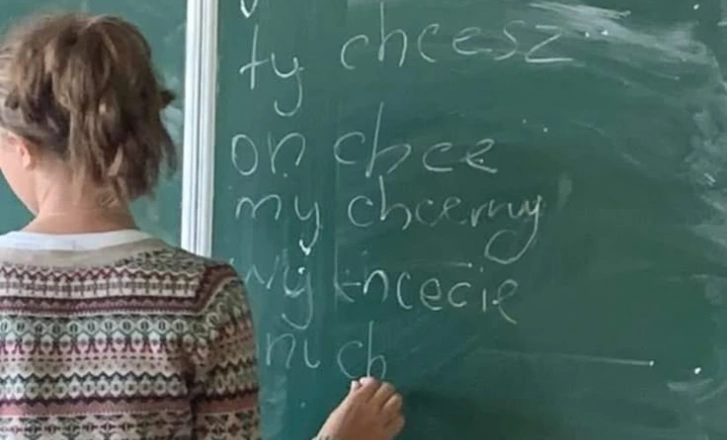
World Teachers’ Day serves as a call to action: governments, communities, and individuals must work together to ensure teachers have the resources, respect, and training they need. Without this support, achieving quality education for all remains an unreachable goal.
Celebrating the Day
Across the world, schools host assemblies, students present speeches and performances, and communities honor outstanding educators with awards. Social media campaigns encourage people to share memories of teachers who influenced their lives, turning the day into a wave of gratitude.
How to Participate
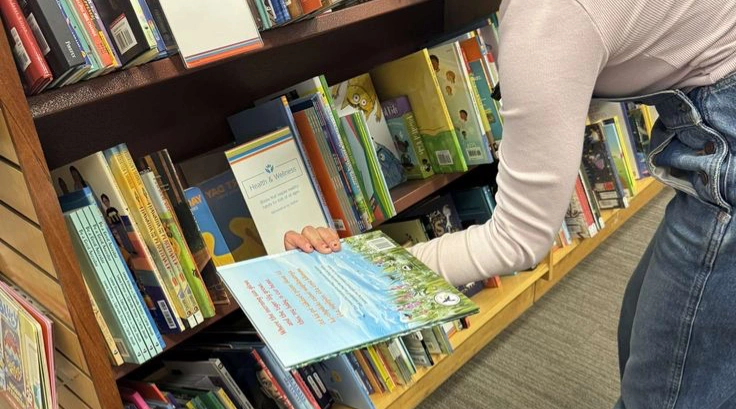
- Express Appreciation: Write a note or share a public message thanking a teacher.
- Support Education Programs: Contribute to initiatives that provide resources to underfunded schools.
- Advocate for Change: Get involved in efforts to improve teacher salaries, working conditions, and access to training.
- Promote the Profession: Inspire young people to consider teaching as a meaningful and rewarding career.
Looking Ahead
The future of education depends on the people who stand at the front of the classroom. By investing in teachers, we invest in the future of our societies, economies, and cultures. World Teachers’ Day is not just about saying “thank you” — it’s about recognizing that the success of every generation is built on the dedication of educators.
So, on October 5th, let’s celebrate the teachers who have shaped our lives and commit to creating a world where every educator is supported, respected, and empowered to inspire the leaders of tomorrow.
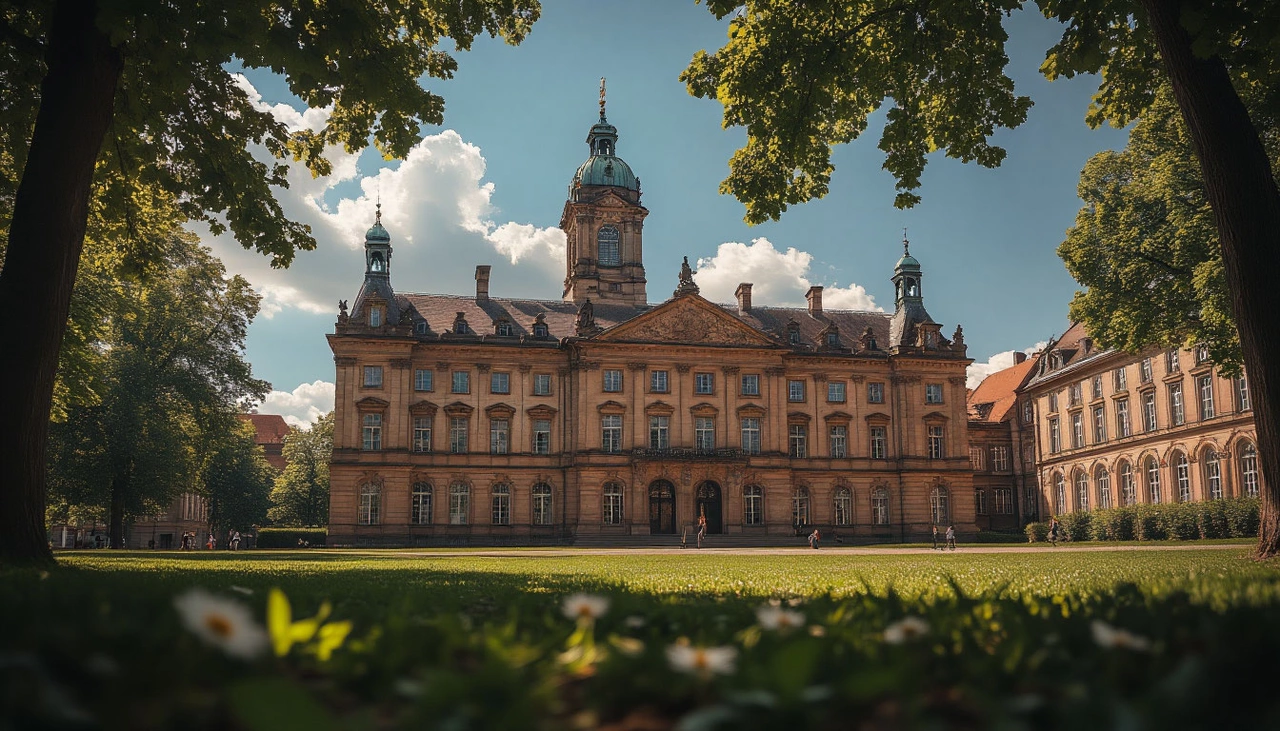
Planning to study in Germany? Then you might encounter a crucial term: VPD, or Vorprüfungsdokumentation. This document acts as the official validation of your academic background — a gatekeeper that determines whether your previous education meets German university standards. If you're an international applicant, especially from non-EU countries, chances are you’ll need to go through Uni-Assist, an organization that evaluates foreign academic credentials on behalf of over 170 German universities. Let’s break it down step by step, from what VPD includes to how to apply and what to do once it’s in your hands.
📘 What Is VPD and Why Does It Matter?
VPD stands for Preliminary Review Documentation. It is not a university acceptance, but rather a confirmation that your academic qualifications meet the entry requirements of a specific German degree program. Your educational documents are reviewed by Uni-Assist, who calculates your GPA using the German system (typically with the Bavarian formula), assesses whether your academic profile fits the chosen program, and then issues a personalized PDF certificate.
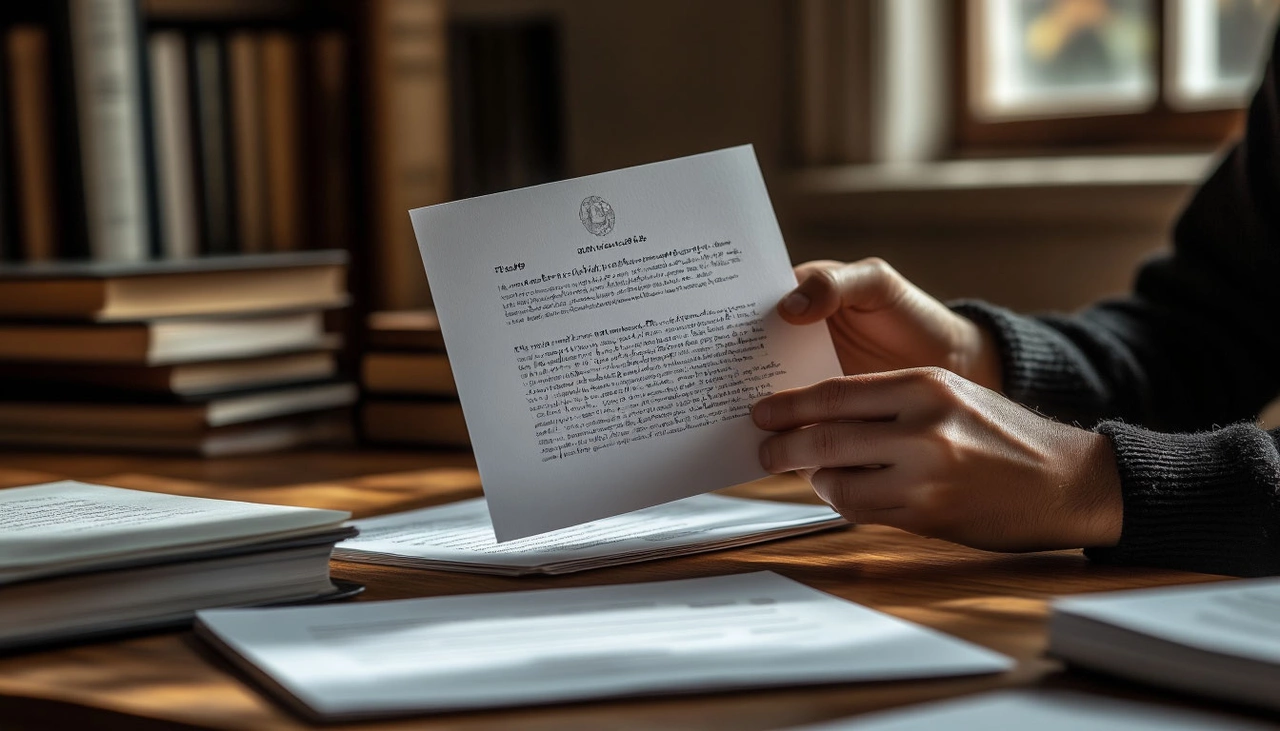
Important: The VPD is university-specific. If you’re applying to several institutions, you may need separate VPDs unless they accept a shared one. Always check directly with each university.
🧾 What Does a VPD Contain?
Your VPD PDF includes:
- A list of your submitted academic documents
- Your GPA recalculated for the German system
- An official statement confirming whether your qualifications match the chosen program's standards
Be aware: if your previous studies are in a field completely unrelated to your intended program (e.g., you have a bachelor's in Literature but apply for a master’s in Mechanical Engineering), your VPD will likely be rejected.
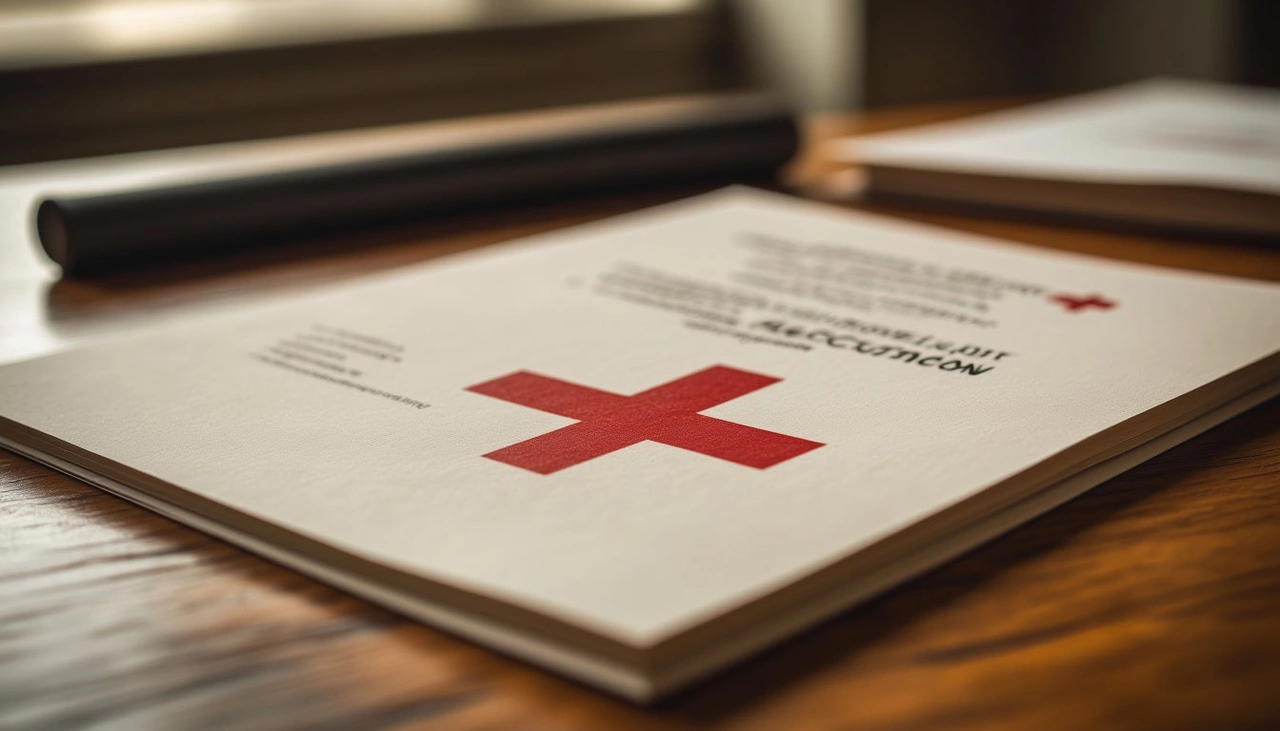
That’s why it's critical to analyze your chosen university's course requirements, especially in terms of ECTS credits and subject match. Mismatches will cost you both time and money.
👤 Who Needs a VPD?
Not all German universities require a VPD. Those that do will specify this on their official websites. On the Uni-Assist portal, you’ll find a complete list of institutions that participate in this pre-check process — currently around 170.
⏳ How Long Does It Take to Get a VPD?
The processing time ranges from 4 to 6 weeks, sometimes longer during peak application seasons. To avoid missing deadlines, apply early and monitor university-specific cutoffs.
🧩 How to Apply for a VPD: Step-by-Step Guide
Step 1: Gather Your Documents. You’ll need:
- Diploma or school certificate (original + certified translation into German or English)
- Academic transcript with grades and ECTS or credit hours
- Language proficiency certificate (German or English)
- Optional: CV, motivation letter, letters of recommendation, photo
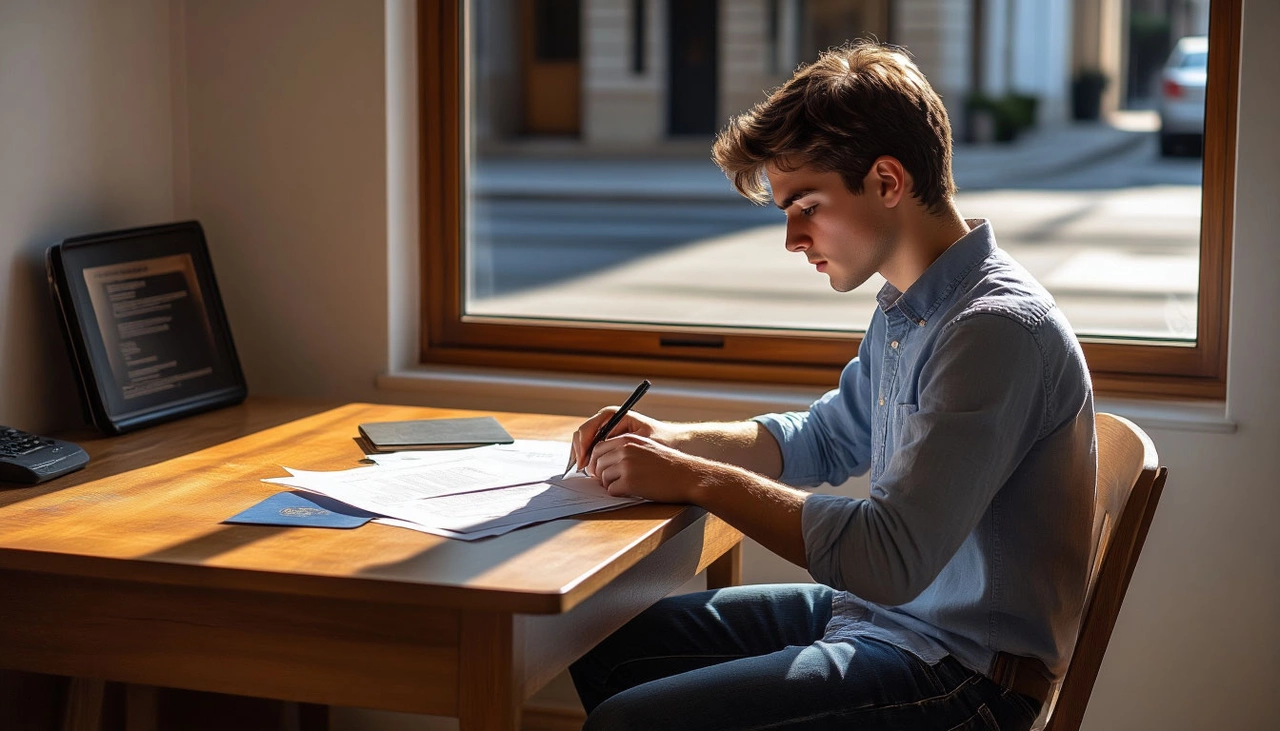
Step 2: Register on Uni-Assist. Upload your documents online. If applying to multiple universities that use Uni-Assist, upload shared documents only once.
Step 3: Pay the Fee. You’ll pay online — €75 for the first university, €30 for each additional one.
Step 4: Wait for Confirmation. You’ll receive an email once your documents are under review. If something is missing, Uni-Assist will request additional files.
Step 5: Track Your Application. Log in regularly to check your application status. Once ready, download the VPD PDF — this is your green light to send everything to your chosen university.
💶 How Much Does VPD Cost?
- First application: €75
- Each additional application: €30
Economic instability has become one of the most pressing and emotionally charged issues of the past year. Across the globe, millions of people are grappling with the consequences of inflation, rising prices, currency devaluation, economic slowdowns, and the ripple effects of international crises. While fluctuations in the economy are a natural part of any economic system, the current situation is being felt with unusual intensity due to the simultaneous impact of multiple destabilizing factors — both domestic and global.
The rising cost of living is one of the most immediate and tangible effects. Food, housing, transportation, healthcare, and utilities have all become significantly more expensive in many regions. For middle-class families, this means cutting back on non-essential spending and adjusting budgets to cover basic needs. For low-income households, it can mean choosing between heating and groceries, between education and medical care. Inflation rates in some countries have reached levels not seen in decades, eroding purchasing power and threatening the financial stability of entire communities. Even those who once felt relatively secure are now reconsidering their savings, investments, and long-term plans.
Alongside inflation, the labor market has undergone a major transformation. The aftershocks of the COVID-19 pandemic, combined with the acceleration of digitalization and automation, have reshaped the way people work. Remote work has become widespread, but so has job precarity. Freelance work, temporary contracts, and gig-based employment have grown — offering flexibility for some, but creating insecurity for many others. Workers fear job loss, reduced hours, or stagnant wages, while employers seek to balance cost-saving with productivity. Many professionals, especially in traditional industries, are being forced to retrain or pivot to entirely new fields. Younger generations are entering the workforce under especially difficult conditions: high competition, low entry-level salaries, and limited long-term prospects contribute to growing anxiety and burnout.
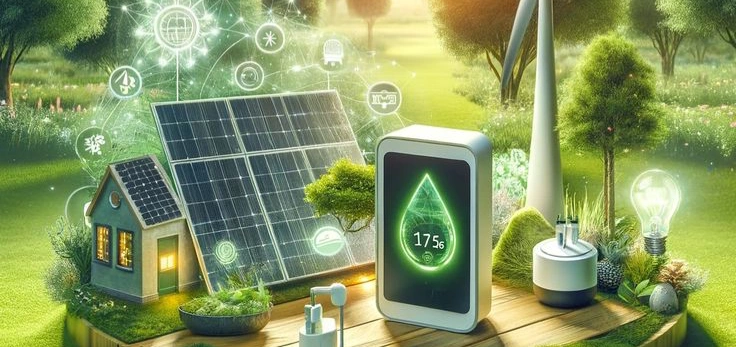
Compounding these domestic issues are significant global influences. Ongoing geopolitical tensions, trade disruptions, and military conflicts have deeply affected energy prices and supply chains. The cost of oil, gas, and raw materials continues to fluctuate unpredictably, leading to higher manufacturing costs and delays in production. In many countries, reliance on imports has made local economies particularly vulnerable. Moreover, the lingering consequences of the COVID-19 pandemic are still being felt in key sectors such as tourism, hospitality, small business, and logistics, slowing recovery efforts and increasing debt burdens.
These economic stressors do not exist in a vacuum — they deeply affect the psychological well-being of individuals and the social fabric of communities. Chronic financial stress has led to rising levels of anxiety, depression, and social tension. People are losing trust in institutions that seem unable or unwilling to provide effective support. The gap between rich and poor continues to widen, fueling political polarization and a sense of injustice. In some regions, protests and labor strikes have become more frequent as citizens demand fairer policies and greater transparency from their governments.
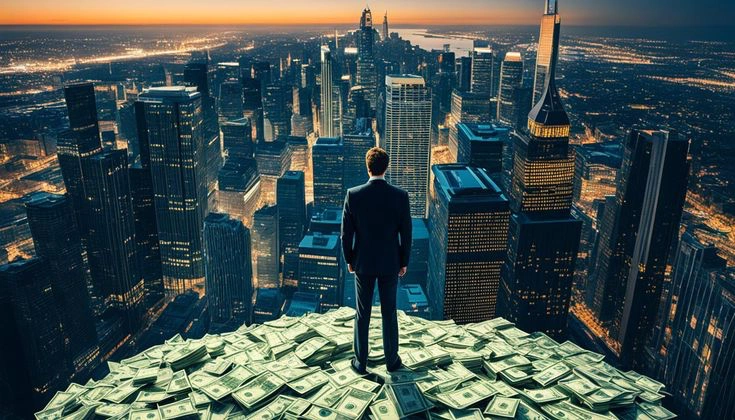
In the face of this uncertainty, societies must focus not only on economic measures but also on building resilience and solidarity. Improving financial literacy, supporting innovation and entrepreneurship, investing in education and retraining, and creating safety nets for the most vulnerable are all essential steps. Governments must act with clarity and compassion, while citizens need to stay informed, adaptable, and engaged. Economic instability is not just a test of policy — it is a test of collective strength, empathy, and long-term vision. The way we respond today will shape the kind of world we live in tomorrow.
Sometimes we try so hard to fix, organize, polish, and get everything “right” that we forget the essence — life. Raw. Honest. Imperfect.
We keep postponing joy:— when I finish the project,— when I lose the weight,— when things finally make sense.But life doesn’t wait for perfect timing. It’s happening now. In messy rooms, in unfinished plans, in days that feel ordinary and off-balance.
Sometimes a day is just tiredness, scattered thoughts, tasteless coffee, and silence in your eyes. That too — is life.Sometimes you feel empty for no reason. Uncertain. Lost. You look in the mirror and don’t recognize yourself.That too — is part of the journey.
Not every chapter will be beautiful. Not every season will bring clarity. But each one carries you. Teaches you. Softens you.And sometimes, not knowing is a sacred part of becoming.
Acceptance doesn’t mean giving up. It means loosening your grip on what “should be” so you can embrace what is.It means seeing beauty in what’s real — even when it’s cracked. Meaning in the mess. Movement in the pause.

You don’t have to be strong all the time.You don’t have to get everything done.You don’t have to make sense to anyone else — not today.
You have the right to be human — soft, confused, emotional, overwhelmed. You have the right to show up in pieces. To rest. To begin again.You are not here to impress. You are here to live.
Life doesn’t lose value because it’s imperfect. If anything, that’s what makes it beautiful — the way it keeps going, even when you’re unsure. The way it holds you through chaos and quiet, without demanding anything from you except that you keep showing up.
Sometimes the most honest moments come not in achievement — but in surrender.When you let go of control.When you stop demanding perfection from yourself.When you stop waiting for the “right time” to be alive.

This is your life. It doesn’t need to look a certain way to be meaningful.You don’t have to feel ready. You just have to show up — one breath, one choice, one imperfect moment at a time.
You’re breathing. You’re feeling. You’re moving.That means — you’re alive.And that is always enough.
We often think of learning as the process of acquiring information: reading a book, memorizing a fact, passing a test. But what if the most important skill of all is not what we learn, but how we learn?
In a world of constant change, where knowledge evolves and professions transform almost overnight, the ability to learn how to learn becomes essential.
🌀 Why does this matter?Because no matter how much we already know, the future will always require something new. Facts will change. Tools will be replaced. But if you’ve trained yourself to stay curious, ask questions, and adapt — you’ll never fall behind.
📚 Learning how to learn means:– Embracing confusion as part of the process– Being okay with not knowing (yet)– Trying, failing, adjusting– Finding your own learning rhythm– Knowing when to seek help — and when to challenge ideas

🎯 It’s not about being the smartest person in the room. It’s about being the one who keeps moving forward, who doesn’t freeze when the rules change.
The real learners aren't the ones who always get A’s — they’re the ones who ask why, who revisit what they think they know, and who stay open to new ways of seeing the world.

In a rapidly evolving future, your most powerful degree won’t be from a university. It will be your mindset — your ability to learn, unlearn, and relearn.
So ask yourself: am I only collecting knowledge, or am I truly learning how to learn?
In today's world, education is no longer just about transferring knowledge from teacher to student. It’s a process where thinking, values, critical perception, and the ability to adapt are shaped. The age of technology challenges traditional teaching, but it also brings vast opportunities for those ready to embrace new ways of learning.
What is changing?Not long ago, chalk, blackboards, and textbooks were the core of education. Today, it's online platforms, interactive courses, digital labs, and AI. A student from a rural school can now access the same knowledge as someone studying at a top-tier university. The world is becoming more equal in terms of access to learning.
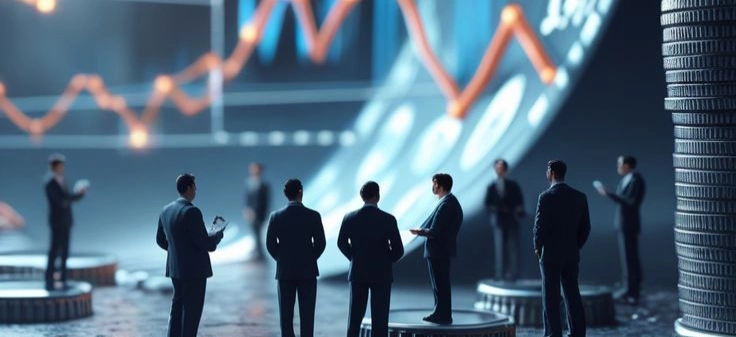
But challenges remain.Not everyone has access to technology. The digital divide is real — even in developed countries. Plus, many education systems still focus on memorization and standardized testing. Meanwhile, the real world demands flexibility, critical thinking, teamwork, and the ability to learn independently.
What can we do?We need to shift the paradigm. Education should go beyond facts — it should build thinking, creativity, and initiative. Learning shouldn't stop after school or university — it's a lifelong journey. In a world where knowledge becomes outdated quickly, the key skill is learning how to learn.
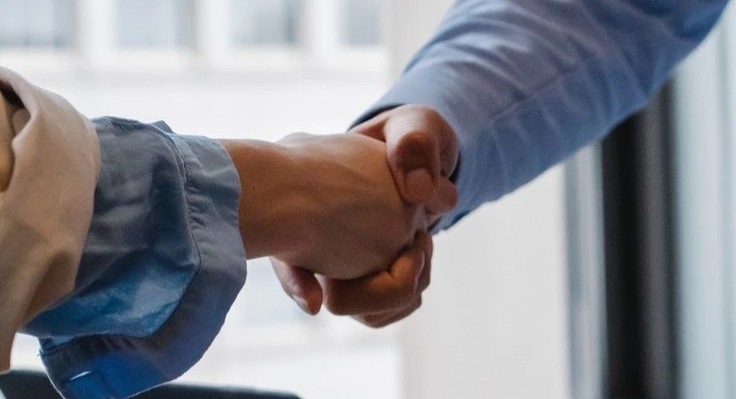
What can we do personally?– Support educational reforms and innovation.– Be examples: keep learning and inspire others to do the same.– Share knowledge freely and inclusively.– Remember: education is the foundation of the future — and the future is in our hands.
Air pollution is one of the most serious environmental challenges facing humanity in the 21st century. The main sources of pollution are industrial emissions, vehicle exhaust fumes, and the burning of fossil fuels in power plants and residential heating. These activities release harmful substances into the air: sulfur dioxide, nitrogen oxides, carbon monoxide, fine particulate matter, and heavy metals. The situation is especially critical in megacities, where dense traffic and industrial activity lead to chronically polluted air.
Breathing polluted air has a daily negative impact on human health. The most vulnerable groups are children, the elderly, and those suffering from respiratory or cardiovascular diseases. Studies by the World Health Organization confirm a direct correlation between air pollution and the increase in asthma, bronchitis, strokes, and even cancer cases. Moreover, polluted air lowers the quality of life, disrupts ecosystems, and worsens the global climate situation.
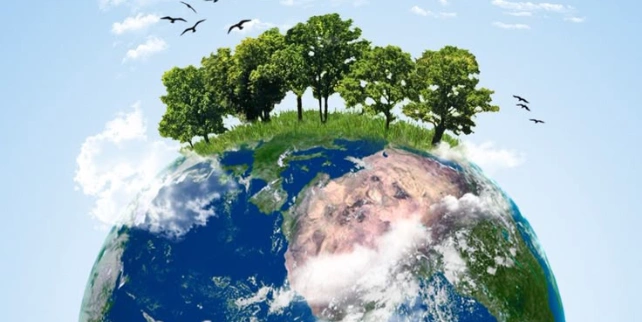
One of the major consequences of air pollution is the intensification of the greenhouse effect and global warming. Carbon dioxide (CO₂), methane (CH₄), and other gases accumulate in the atmosphere and trap heat. This leads to the melting of glaciers, rising sea levels, increased frequency of extreme weather events, and disruption of natural cycles. These changes not only threaten ecosystems but also the stability of economies, especially in vulnerable regions.

To effectively tackle this issue, cooperation at both international and local levels is essential. Countries must implement strict emission standards and invest in clean technologies. Urban planning should prioritize green zones, limit vehicle access in congested areas, and encourage cycling and walking. Schools and universities should integrate environmental education into their curricula, empowering future generations to act responsibly. Only through united global effort can we hope to preserve clean air for ourselves and future generations.